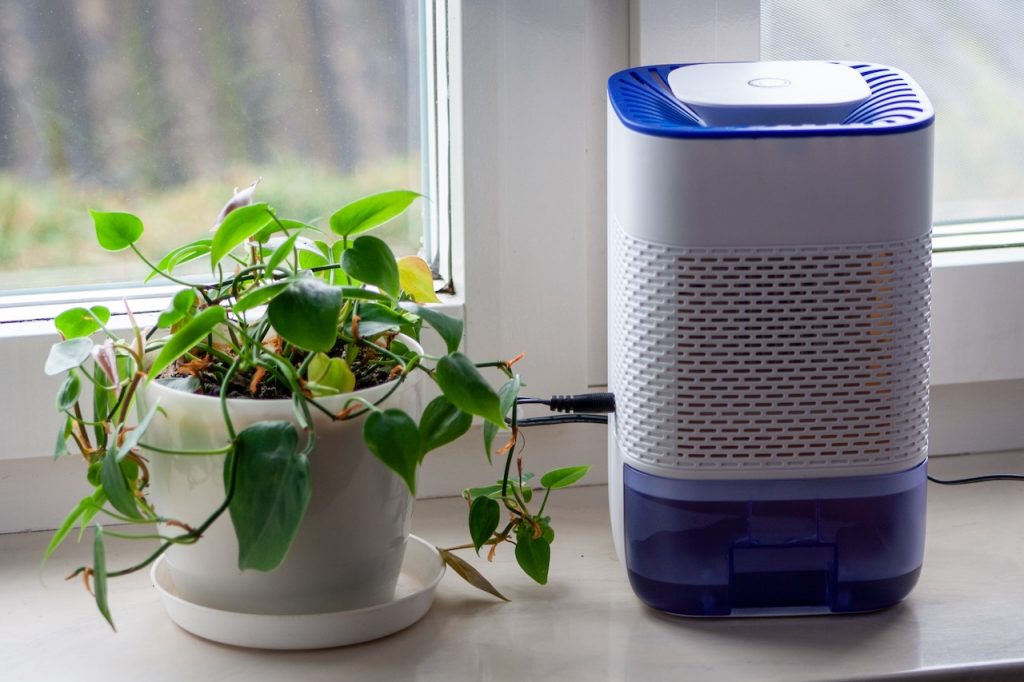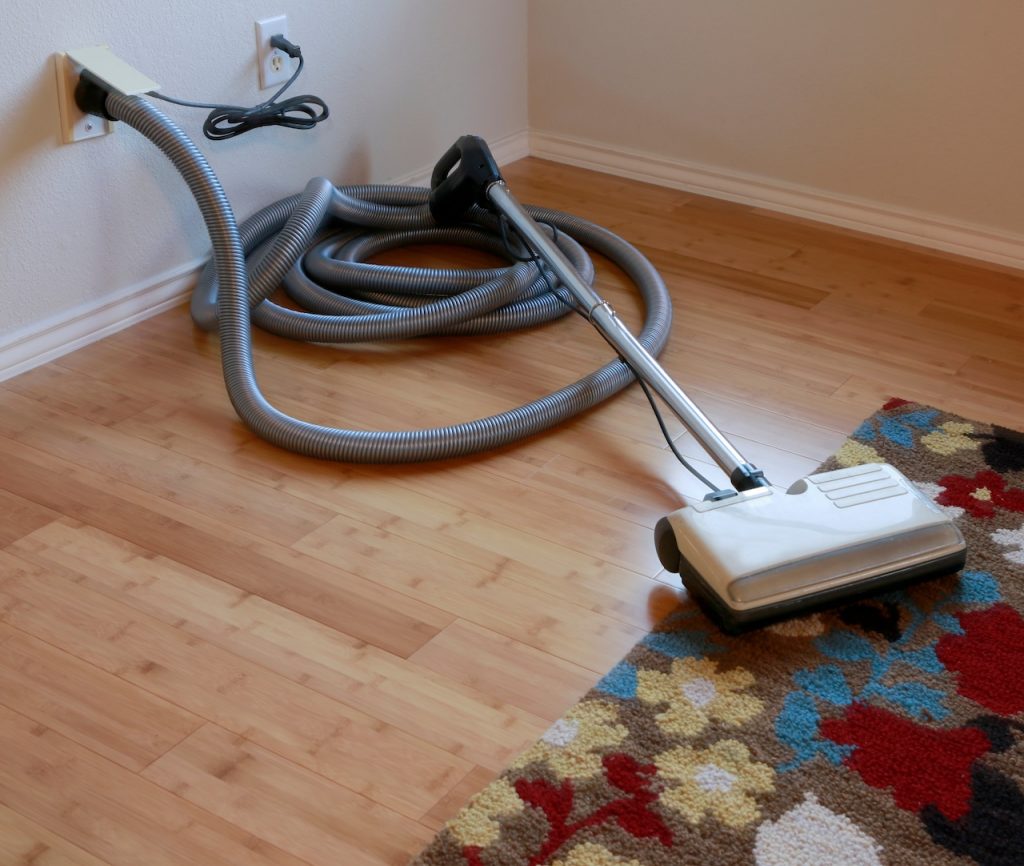Table of Contents
Bamboo flooring adds elegance, sustainability, and warmth to modern homes. But when exposed to moisture, its beauty can fade fast. Bamboo flooring water damage—from a leaky appliance, burst pipe, or flooding—can lead to warping, buckling, and mold growth if not addressed quickly.
In humid regions like Columbus, OH, where rainfall and seasonal humidity are common, bamboo floors are especially prone to moisture damage. Acting fast can make the difference between simple refinishing and a costly full replacement.
What Causes Bamboo Flooring Water Damage?
Although bamboo is harder than many types of hardwood, it’s still an organic material that absorbs moisture easily. Once water seeps into the fibers, it causes swelling, separation, and long-term structural damage. Common causes in central Ohio homes are:
- Leaking dishwashers or refrigerators: Kitchen appliances are frequent culprits for unnoticed leaks.
- Plumbing failures: Burst or leaking pipes under floors or behind walls.
- Flooding and heavy rain: Common in the Columbus area, especially during spring and fall.
- High indoor humidity: Seasonal moisture buildup can warp bamboo floors over time.
- Improper cleaning methods: Using excessive water while mopping traps moisture between planks.

Bamboo floors buckling is an indicator of water damage and needs to be handed swiftly.
Early Signs of Bamboo Flooring Water Damage
Spotting bamboo flooring water damage early can save you thousands in repair costs. Here’s what to look for:
- Cupping or Warping. Edges of the planks curl upward, creating an uneven surface. This is an early sign of water absorption.
- Discoloration. Dark or cloudy patches suggest prolonged moisture exposure. Yellowing or dark streaks are often signs of mold starting to grow beneath the finish.
- Buckling or Separation. Severe water damage causes planks to lift from the subfloor, leaving gaps or raised sections.
- Soft or Spongy Areas. If the floor feels soft or bouncy underfoot, water has likely weakened the bamboo or subfloor.
- Musty Odors. A persistent earthy smell indicates hidden moisture and possible mold growth.
If you notice any of these warning signs, act immediately—the longer bamboo remains wet, the harder it becomes to restore.

Fans and dehumidifiers help remove moisture from an affected room.
Immediate Steps to Take After Water Exposure
When bamboo flooring is exposed to water, quick action is essential. The faster you respond, the more likely you can prevent long-term damage such as warping, buckling, or mold growth.
Step 1: Stop the Source of Water. Locate and stop the leak immediately. Whether it’s a burst pipe, leaking dishwasher, or overflowing sink, cutting off the water supply helps contain the issue. The longer water sits, the deeper it seeps into the bamboo and subfloor. Once the source is controlled, use towels or a dry mop to remove any standing water.
Step 2: Dry the Area Thoroughly. Next, focus on drying the space completely. Use fans and dehumidifiers to circulate air and reduce moisture. In Columbus, open windows only if the weather is dry, as humid outdoor air can worsen the problem. Avoid heat sources like space heaters, which may crack the bamboo. If the damage affects a large area, call PuroClean Fire & Water Experts—our industrial-grade dehumidifiers and moisture meters ensure all hidden moisture is removed safely.
Step 3: Inspect for Mold. Even after drying, trapped moisture can cause mold to develop within 24–48 hours. A musty smell, dark patches, or white residue may signal hidden mold beneath the flooring. If you notice these signs, contact professionals right away. The PuroClean Fire & Water Experts team in Columbus uses advanced containment and filtration systems to safely eliminate mold and restore clean air quality.
Taking these quick steps—stopping the water, drying properly, and checking for mold—can significantly reduce bamboo flooring water damage and protect your home from costly repairs.
Preventive Measures for Future Protection

A rug can protect your lavish bamboo flooring.
Prevention is key to avoiding bamboo flooring water damage. Incorporate these practices into your maintenance routine:
- Use Rugs and Mats: Place mats in high-risk areas like entryways, kitchens, and under sinks to catch spills before they reach the floor.
- Control Humidity Levels: Bamboo is sensitive to changes in humidity. Use a dehumidifier during damp seasons and ensure your home’s humidity stays between 40-60%.
- Prompt Spill Cleanup: Wipe up spills immediately to prevent water from seeping into the flooring.
- Waterproof Sealants: Periodically reseal your bamboo flooring to maintain its water resistance. This extra layer can protect against accidental exposure.
- Address Plumbing Issues: Fix leaks or pipe bursts promptly to avoid water pooling near your bamboo floors.
- Invest in Floor Protectors: Install felt pads under furniture to reduce the risk of scratches that can expose bamboo to moisture.
When to Call a Professional
While many repairs can be handled with DIY methods, there are times when professional help is essential:
- The damage is extensive, affecting large areas of the floor.
- You notice persistent mold or mildew despite drying efforts.
- Replacement planks are difficult to match or install.
When water damage becomes overwhelming, trust the experts at PuroClean Fire & Water Damage Restoration. Our team specializes in restoring water-damaged flooring and protecting your home from future issues.
Bamboo flooring adds warmth and elegance to any home, but water damage can disrupt its charm. By identifying the signs early, employing effective drying and refinishing methods, and adopting preventive measures, you can restore and maintain the natural beauty of your bamboo floors for years to come.
Don’t Let Water Win- Call PuroClean Fire & Water Damage Restoration!
Remember, timely action is the best way to protect your investment and keep your flooring looking its best. Call PuroClean Fire & Water Damage Restoration at (614) 309-5739 to ensure your floors are in the best hands for restoration of bamboo flooring water damage. Our water damage restoration team is the best in the business to protect your home.
Frequently Asked Questions
1. Can bamboo flooring be saved after water damage?
Yes—if the water is removed quickly and drying begins within 24 hours. Severe warping or mold contamination usually requires plank replacement.
2. How long does it take to dry bamboo flooring?
With professional drying equipment, it typically takes 3–5 days depending on humidity and subfloor moisture.
3. Will insurance cover bamboo flooring water damage?
Most homeowner’s policies cover sudden or accidental leaks but not gradual water exposure. PuroClean can help you navigate the claim process.
4. Can bamboo flooring be waterproofed?
While not fully waterproof, sealing your floors regularly can significantly increase water resistance.
5. How do I prevent mold under bamboo flooring?
Keep humidity low, address leaks quickly, and ensure the subfloor is completely dry after any water event.
Summary
- Bamboo flooring water damage occurs from leaks, flooding, or high humidity.
- Early signs include cupping, discoloration, and musty odors.
- Immediate drying and mold inspection are essential.
- Professional restoration prevents long-term warping and structural damage.
- PuroClean Fire & Water Experts serves Columbus, Dublin, Westerville, and nearby areas.
Check out more topics in our blog:



